The Victorian Dolls of Annie Horatia Jones
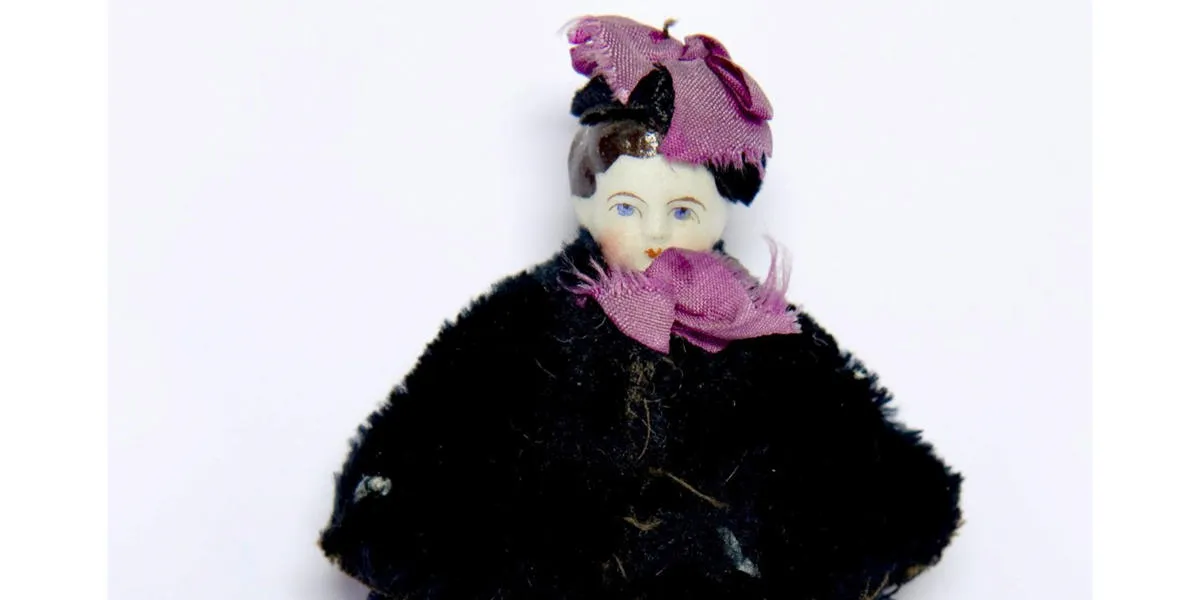
Dolls and the family
Before Barbie there were wooden dolls, china, bisque-fired, wax dolls and then came the plastic dolls of the twentieth century. Here we discover the Victorian dolls of Annie Horatia Jones, whose father was the architect Sir Horace Jones. There are ten dolls in total in the collection which represent members of the family.
Horace Jones was an architect in the City of London and is probably best known for designing Tower Bridge which was completed posthumously in 1894.
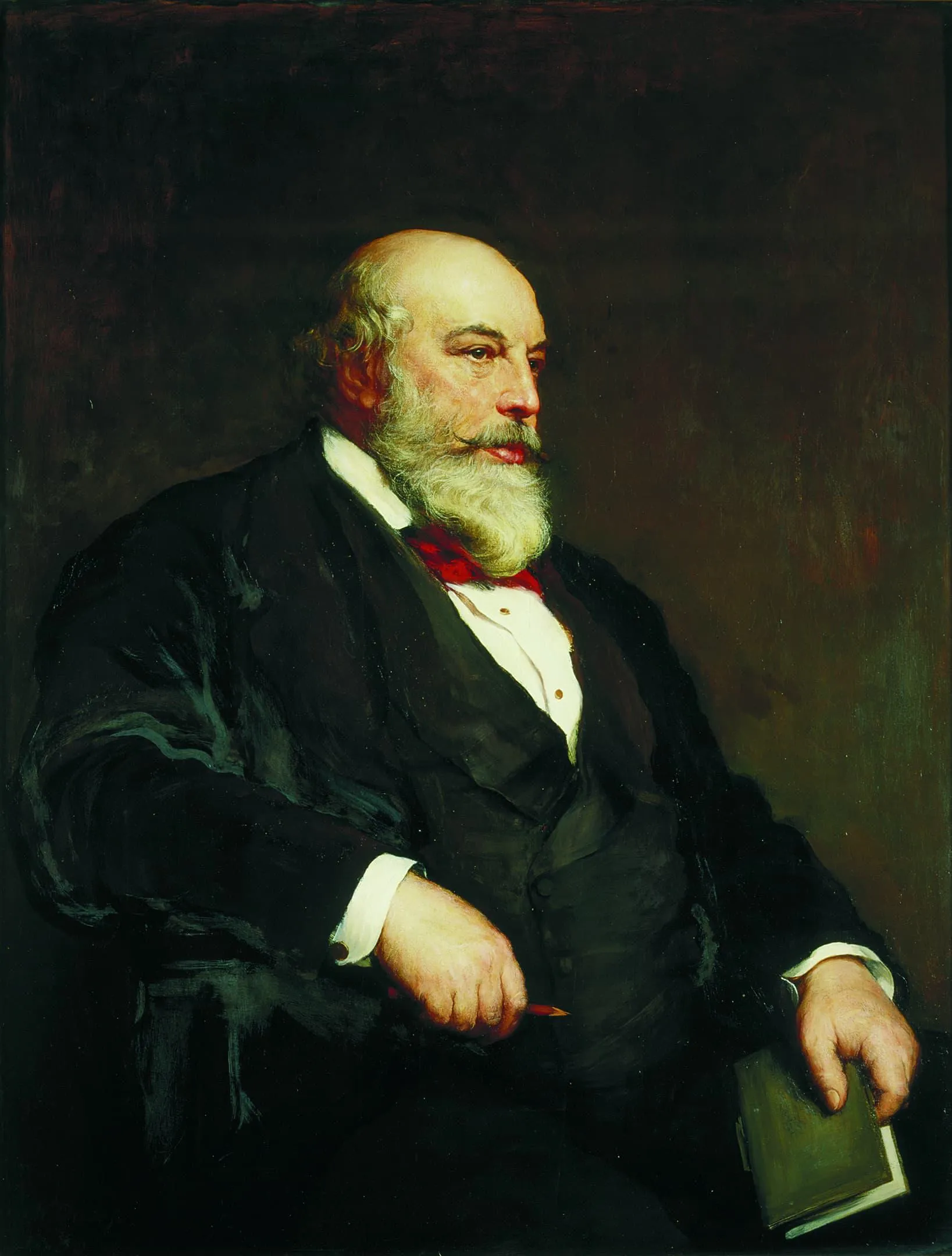
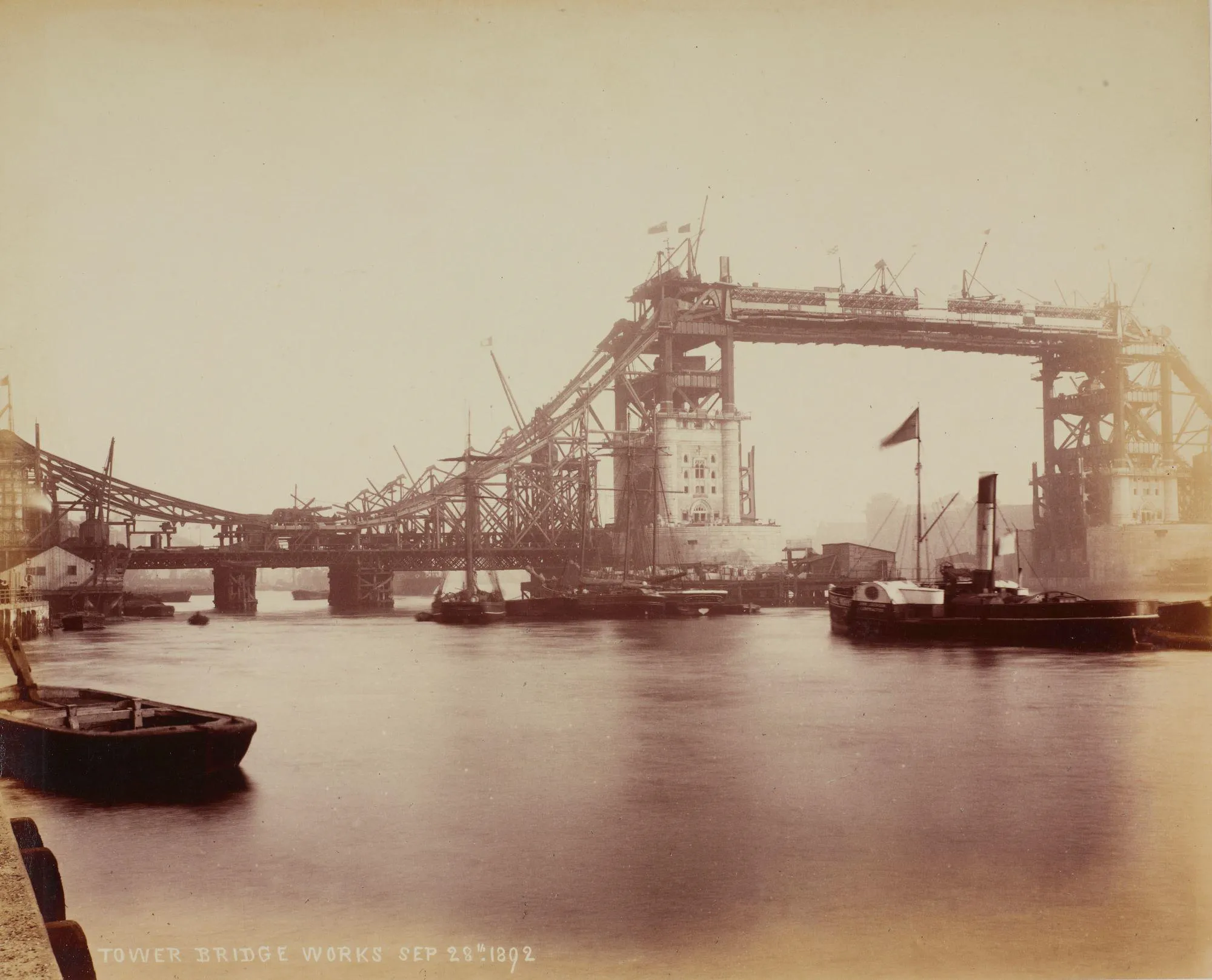
Annie Horatia Jones (1876-1969)
Annie Horatia Jones was born at 30 Devonshire Place, Marylebone on 29 August 1876. She was known as 'Horatia' and after her parents died within a couple of years of one another, when she was aged between ten and twelve, she was cared for by her aunt Tamzine Billings who she affectionately referred to as 'Aunt Tammy'. Her name is occasionally also spelt Tamazine in the records.
Horatia died at Weydown House, Haslemere in Surrey on 27 March 1969 at the age of 92.
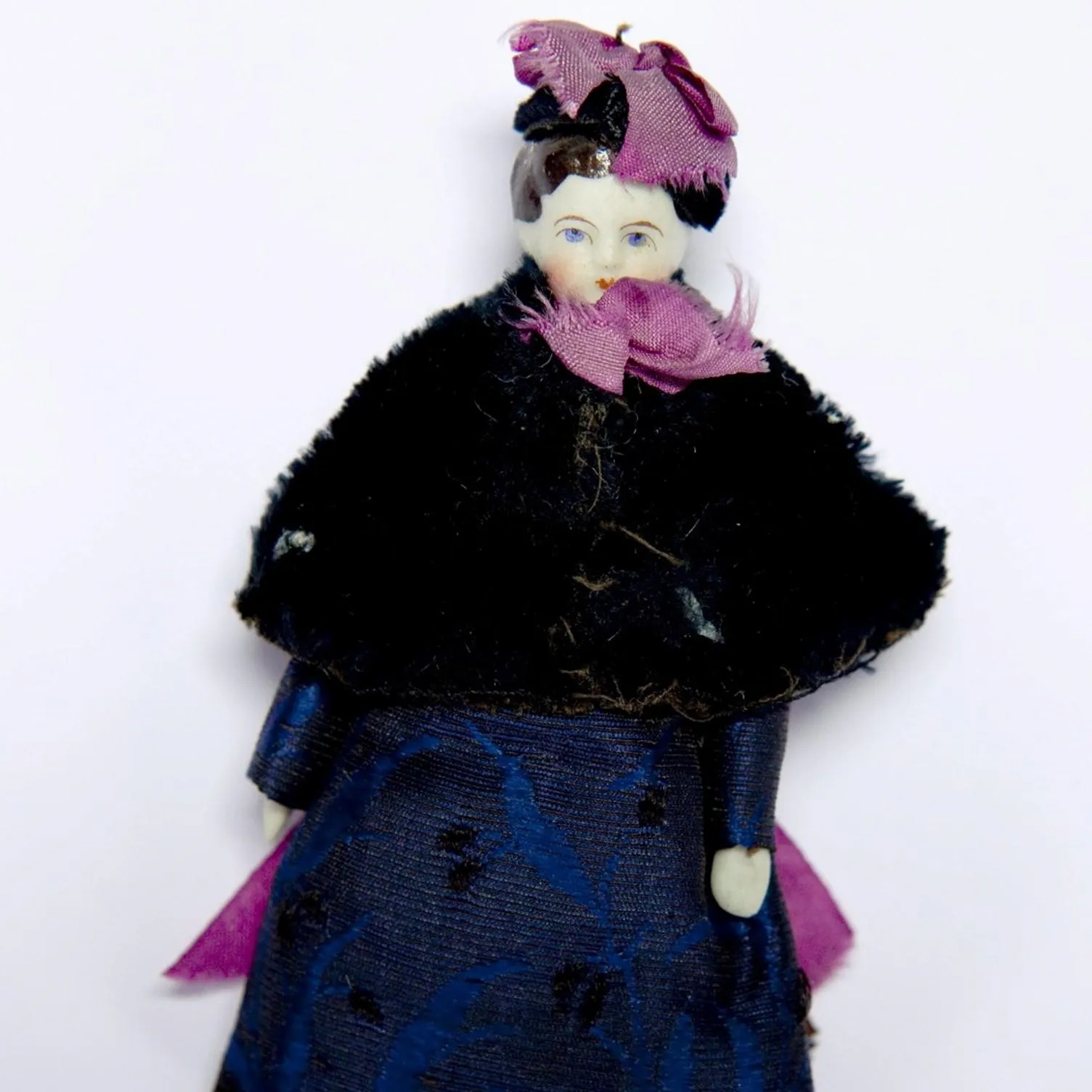
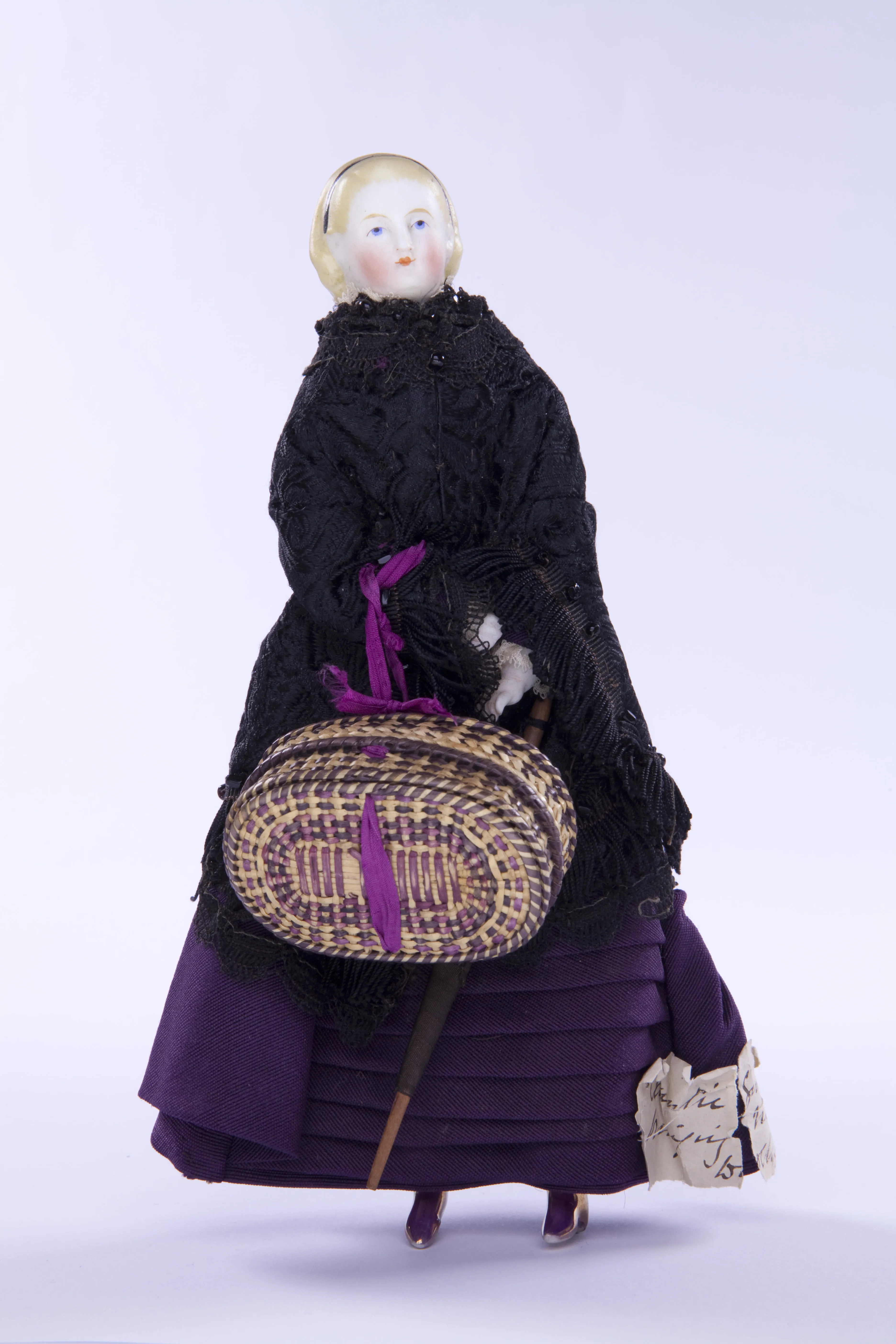
The dolls
The dolls were made around 1886. A year later, her father died and her mother, Lady Ann Elizabeth, shortly after that in 1889. They were dressed by Horatia's aunt Tamzine Billing and provide a record of the fashion from the late Victorian period.
The dolls' original labels have been sewn onto their clothing to identify the family and household members they are intended to represent. For example, 'Dada at Breakfast' and 'Auntie Godmother bringing my dollies'.
The dolls are part of a larger collection found in Horatia Jones' cabinet dolls' house after her death in 1969 (the house is now in the collection of the National Museum of Toys and Miniatures in Kansas City, USA). They were sold at auction and were purchased by Magdalena Byfield who later published a book containing an article on the dolls.
A world in miniature, these types of dolls were not intended as toys as such, but were a replication of the household which perhaps provided Horatia with some comfort after the loss of her parents.
Horatia's mother and father are represented and even Fanny Hurrell, the housekeeper.
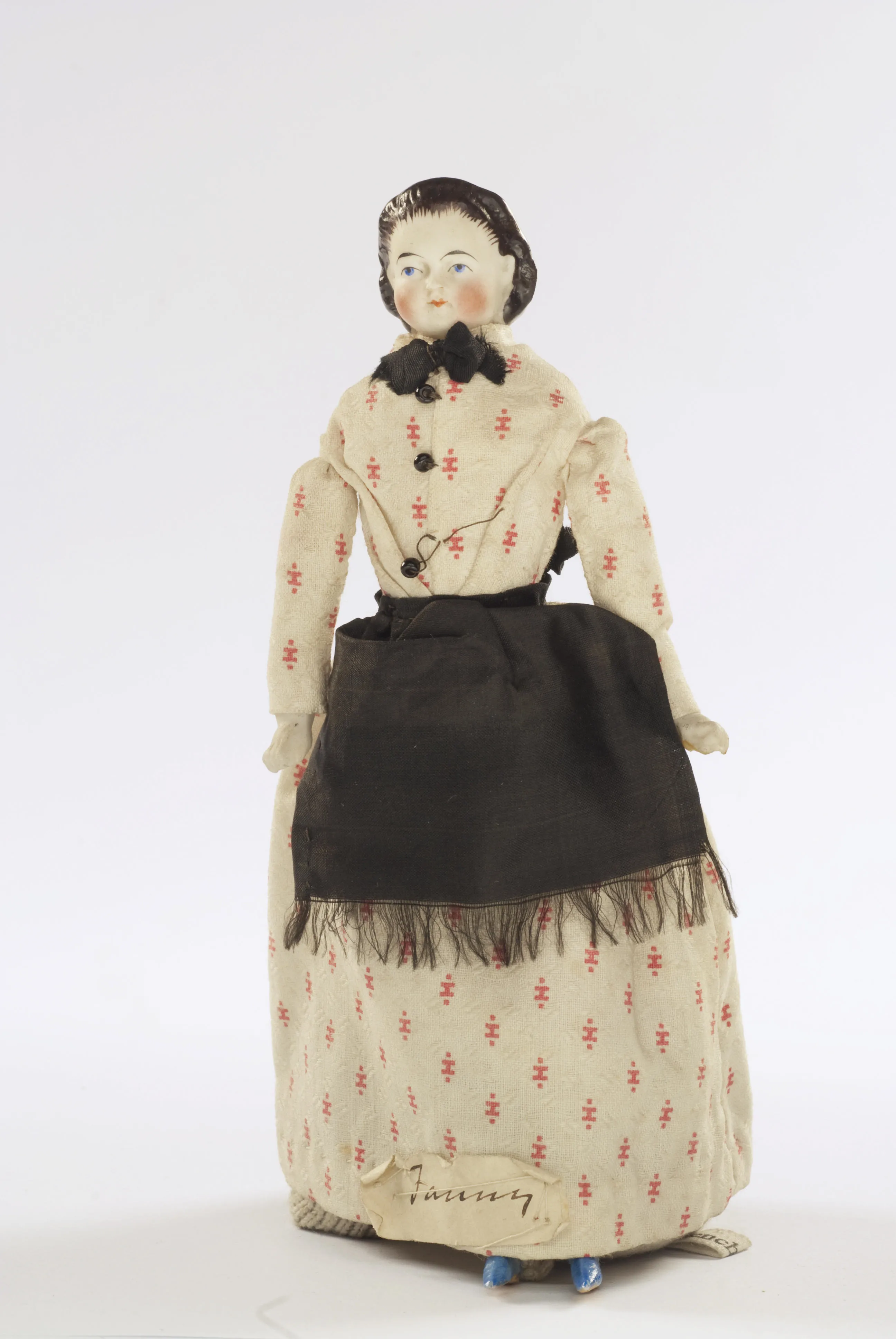
The collection also contains:
- a photograph album depicting family, including Sir Horace Jones in a domestic setting at Devonshire Place
- a portrait of Annie Horatia Jones in an outfit for the City of London Mansion House Juvenile Dress Ball
- her correspondence concerning holidays, pursuits and interests (1883-1890)
- a scrapbook of coloured pictures and a pencil drawing of Tamzine Billing as a girl (circa 1831)
Collectors of dolls’ houses are perhaps alone in evaluating and indeed trying to preserve, that which is just receding into the recesses of memory. They aim to keep alive the slender thread which leads us back in time through the generations. To retrace a path that links grandparents with great-grandparents – to freeze a moment within a miniature complex.
Further reading
Magdalena Byfield's book, 'Dolls’ House Dolls 1850-1900' (CLA/084/01/012), contains an article on five of the dolls with detailed descriptions (pages 38-43).
Read more about the Lost Victorian CitySearch the London Picture Archive